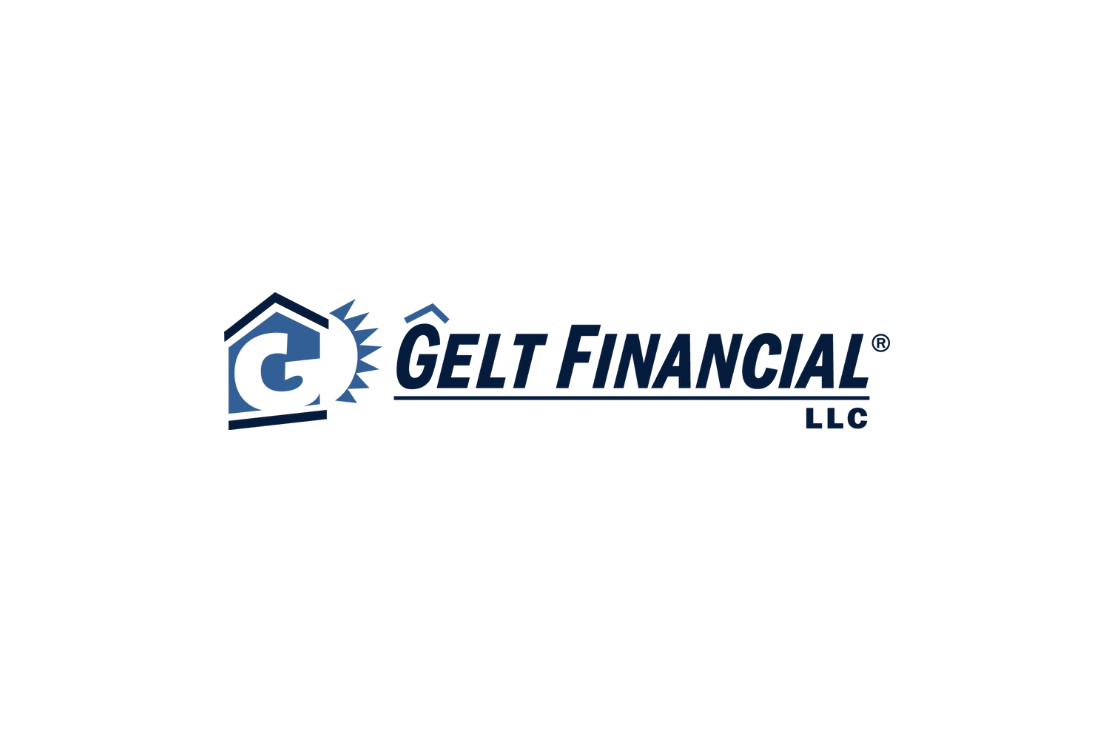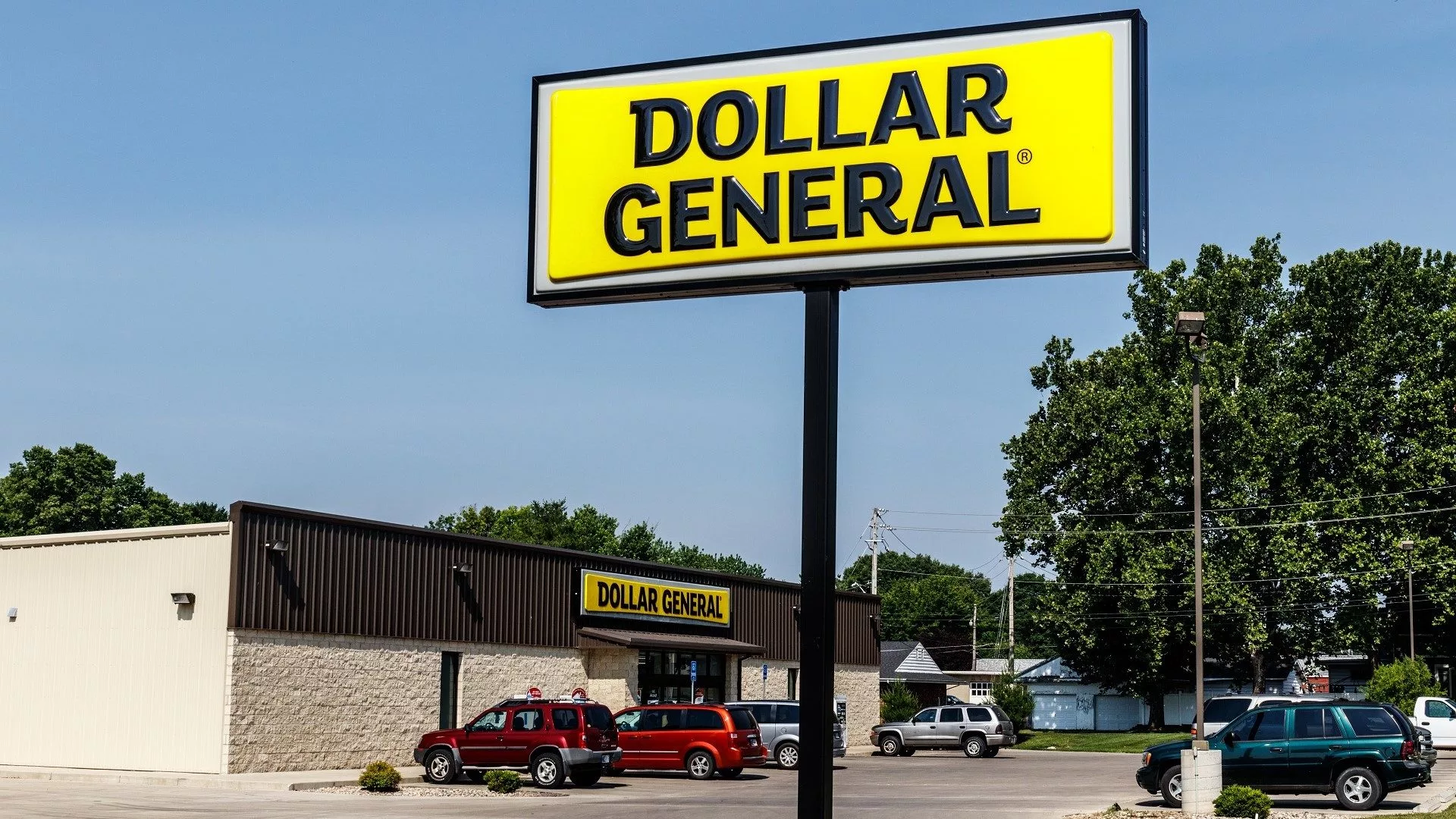What is distressed debt investing?
Purchasing distressed debt, also known as buying non-performing loans, can be a profitable investment strategy for those willing to take on the risk. Distressed debt refers to loans that are in default or at risk of default and are typically sold at a discount by the lender in order to recoup some of their losses. Here are some key considerations for those who are interested in purchasing distressed debt:
- Due Diligence: It is important to thoroughly research the distressed debt before making a purchase. This includes reviewing the loan documents, evaluating the borrower’s creditworthiness, and assessing the value of the collateral securing the loan. This will help you to understand the risks and potential rewards of the investment and make an informed decision.
- Recovery Strategies: Before purchasing distressed debt, it is important to have a plan in place for how you will attempt to recover the funds. This may involve working with the borrower to restructure the loan, selling the collateral, or pursuing legal action. It is essential to carefully consider the potential recovery strategies and their potential costs and benefits.
- Investment Horizon: Purchasing distressed debt is not a short-term investment, and it may take several years to recoup your investment. It is vital to have a long-term investment horizon and be prepared for the potential challenges and setbacks that may arise during recovery.
- Risk and Return: As with any investment, purchasing distressed debt carries a certain level of risk. However, if successful, the investment can provide a high return on investment. It is important to carefully weigh the potential risks and rewards and determine if the investment is right for you.
Overall, purchasing distressed debt can be a profitable investment strategy for those who are willing to take on the risk and have a long-term investment horizon. It is essential to carefully research the distressed debt and have a plan in place for recovery in order to maximize your potential return on the investment.


















